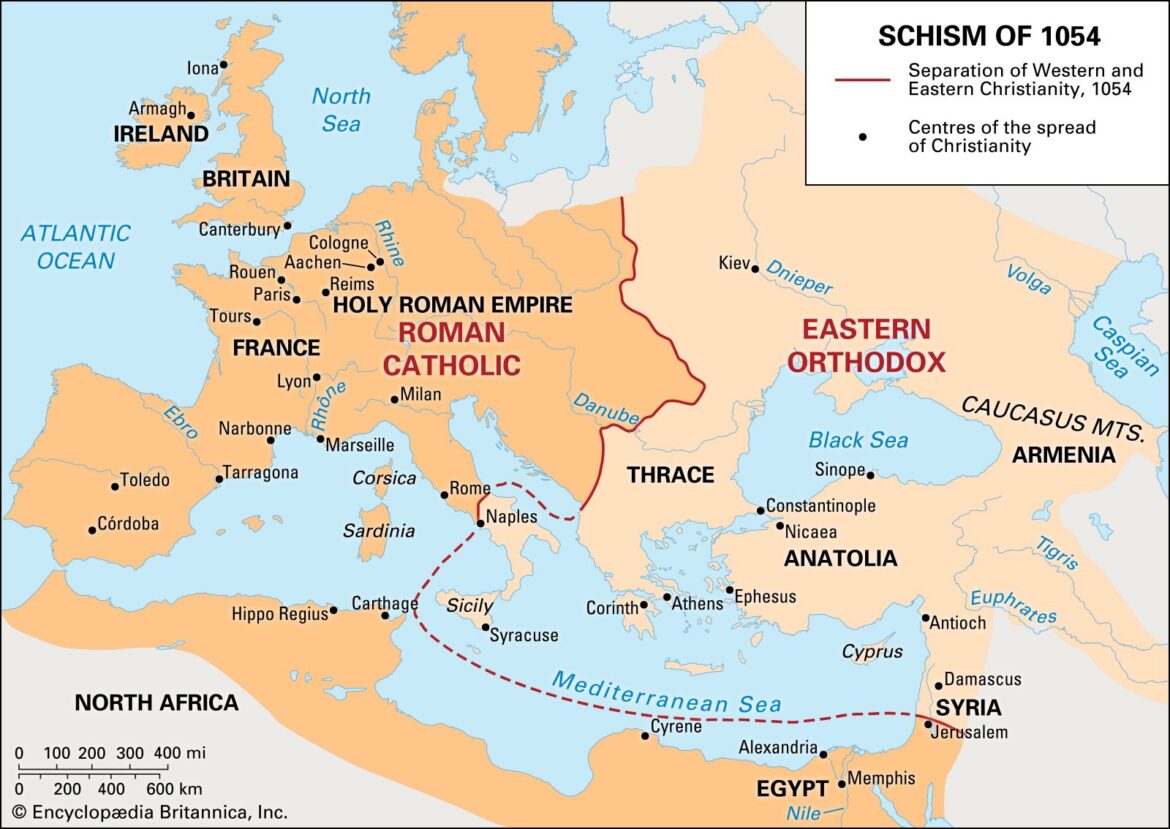In the tapestry of Christian history, the Ancient Church of the East represents a vibrant and multifaceted segment of the faith that has remained somewhat obscured by the shadows of larger ecclesiastical bodies. Its distinctive characteristics, roots steeped in the early Christian era, and the consequential schisms that marred its development make it a topic of considerable theological intrigue. This exploration endeavors to illuminate the nuances of the Ancient Church of the East, its doctrinal distinctiveness, the schismatic events that led to its current form, and its continuing global outreach, promising a renewed perspective on its role within the broader Christian narrative.
Emerging from the cradle of Christianity, the Ancient Church of the East can trace its origins to the apostolic age. Early Christian missionaries, particularly in the Parthian Empire, along with the Twelve Apostles—most notably Thomas the Apostle—pioneered the spread of the Gospel throughout Persia and beyond. The Sassanian Empire, which dominated the region, played a pivotal role in fostering a vibrant Christian community, cultivating theological thought that diverged intriguingly from that of the Byzantine Empire.
At the heart of the Ancient Church’s theological constructs lies a unique Christology that distinguishes it from other Christian denominations. The Nestorian school of thought, named after Nestorius, the Patriarch of Constantinople, posited a duality in Christ’s nature that emphasized the distinction between His divine and human aspects. This theological stance was both a catalyst for schism and a hallmark of the Church’s identity, leading to the designation of the Ancient Church as the Nestorian Church by its critics. Nevertheless, this label oversimplifies a rich theological tradition that explores the profound mystery of the Incarnation, stimulating dialogue around the nature of divinity and humanity.
The schism that marked the Ancient Church’s history is a tale of theological disagreement, political maneuvering, and cultural rivalry. Tensions between the Nestorian theology and the Christological formulations established by the Council of Chalcedon in 451 CE birthed a series of disputes that resulted in a drastic fracturing of the early Christian community. The conclusion of the Chalcedonian debates not only estranged Nestorian Christians from the Western Church but also catalyzed the emergence of the “Oriental Orthodox Churches,” leading to a more pronounced division within Christendom.
Throughout the centuries, the Ancient Church of the East, though marginalized, managed to flourish in the vast reaches of Asia. The establishment of the Nestorian Patriarchate in the 5th century served as a pivotal ecclesiastical centre, with a significant presence in Persia, Central Asia, and even extending to China in the 7th century. The famed Nestorian Stele, an inscribed tablet unearthed in Xi’an, China, serves as a testament to the Church’s expansive mission, delineating its engagement with Chinese society and the intellectual discourse surrounding Christianity within that context.
The missionary zeal of the Ancient Church of the East cannot be overstated. As it sought to disseminate its theological understandings, it employed a thoughtful approach to cultural integration. The translation of scriptures into local languages and the adaptation of liturgical practices to resonate with indigenous cultures exemplified a method of engagement that was intellectual and respectful. Such praxis allowed for a profound understanding of Christ within diverse cultural frames. The Church of the East’s ability to bridge gaps between faith and local customs fostered a unique identity that endured even amidst trials.
Despite periodic persecutions and the socio-political upheavals that characterized the Islamic conquests, the Ancient Church demonstrated remarkable resilience. Today, it stands as a silent witness to the rich tapestry of Christian history. Its contemporary manifestations can be observed in the Assyrian Church of the East and the Chaldean Catholic Church, both of which continue to uphold distinct liturgical traditions and theological perspectives that echo their ancient origins.
The modern landscape presents both challenges and opportunities for the Ancient Church of the East. The global diaspora, born from conflicts in the Middle East, has led to the flourishing of Assyrian communities in various countries, particularly in the West. This migration has sparked a renewed interest and engagement with the Ancient Church, as expatriate congregations cultivate a unique Christian identity that honors their heritage while assimilating into new cultural contexts. Herein lies a significant opportunity: the potential for broader ecumenical dialogue that bridges former divides, fostering an atmosphere of mutual respect and understanding among different branches of Christianity.
Delving into the richness of the Ancient Church of the East invites a paradigm shift for contemporary Christians. By recognizing the diversity of thought and tradition within the faith, believers can appreciate how the Ancient Church’s unique theological perspectives contribute to the broader Christian narrative. A reevaluation of ecclesiastical histories unveils the vibrant legacy of early Christians whose contributions echo through the corridors of time. Engaging with their story not only enhances one’s understanding of Christianity but also charts a course towards greater unity in an increasingly fragmented world.
As we reflect on the global reach and historical significance of the Ancient Church of the East, it becomes evident that its journey is one not only of survival but of profound theological inquiry and cultural dialogue. Its future remains intertwined with the universal Christian mission, beckoning us to embrace a more inclusive perspective that honors the multifaceted nature of faith. In doing so, we may come to recognize that the quest for understanding transcends doctrinal differences, uniting believers across the centuries in their pursuit of the divine.



